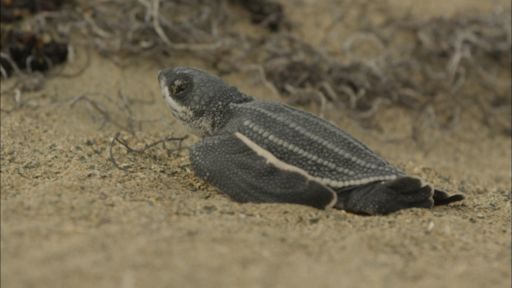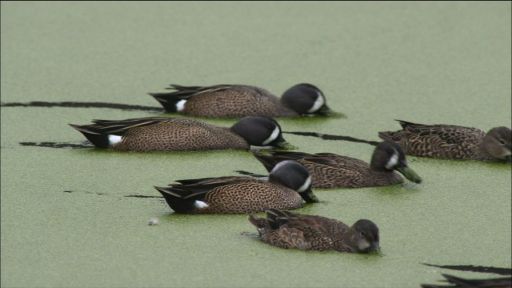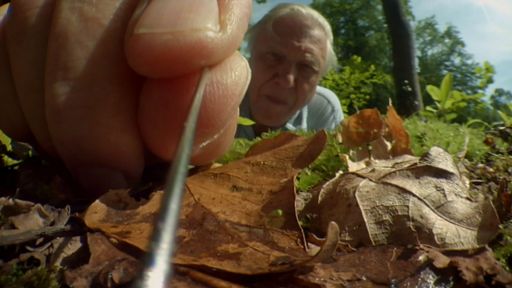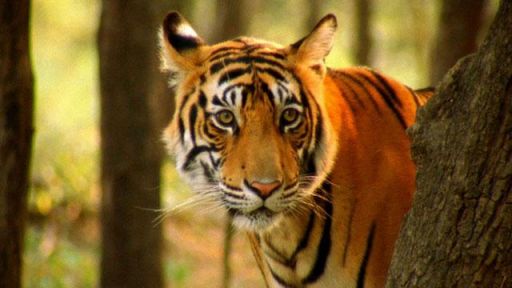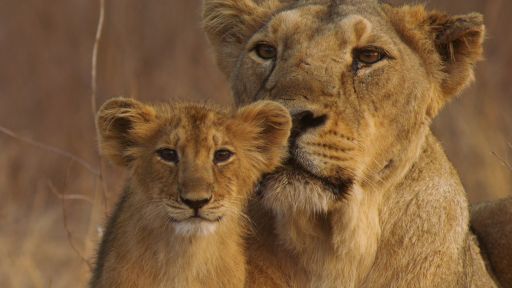There are important conservation efforts underway in the Commonwealth of Puerto Rico to protect its endangered native wildlife from extinction on land and sea. Once home to ancient rainforests that covered the Caribbean island when Columbus first landed in 1493, centuries of development have impacted Puerto Rico’s rich natural resources. By 1900, only five percent of its rainforests remained, causing a major loss of habitat.
Viva Puerto Rico follows the work of three conservationists and the ways in which each is trying to restore populations of the island’s most endangered species: the Puerto Rican Amazon parrot, Leatherback turtle, and manatee.
The film states that there was a time when only 13 Puerto Rican Amazon parrots were left in existence. But wildlife biologist Jafet Vélez-Valentín, who manages the Puerto Rican Parrot Recovery Program, has devoted his life to increasing their numbers. He and his team run a captive breeding program for these rare birds at an undisclosed location in the rainforest. They have developed techniques to improve the number of chicks that hatch. They employ exercise training for the juveniles to build up their wing muscles and increase their ability to fly long enough to evade predators in the wild. The episode documents the release of Vélez-Valentín’s largest ever flock, composed of 24 parrots, into El Yunque National Forest increasing the wild population by 10%.
The warm tropical waters surrounding Puerto Rico are home to five threatened native species of sea turtles. Carlos Diez is a world-renowned turtle conservationist whose research on the Hawksbill turtle led to an international trade ban on its shell. Diez documents the key evidence needed to make the legal case to protect a crucial nesting site of the endangered Leatherback turtle from potential development at Dorado Beach. At night, a female Leatherback emerges from the sea to dig her nest two feet down in the sand, then lays about 80 eggs. Two months later, the last of the hatchlings are seen at sunrise making a mad dash to the ocean to evade capture by sea birds. Diez then presents his testimony in court along with other members of the community and the judge decides the fate of the beach.
The final story takes place at the Manatee Conservation Center where Dr. Antonio (“Tony”) Mignucci and his team care for, treat, and rehabilitate injured and stranded marine mammals. The film focuses on Mignucci’s efforts to prepare two juvenile manatees for a return to the sea. Before that happens, they will need to weigh at least 600 pounds each and be in good health. With only 700 manatees left in the Puerto Rican waters, it is hoped the two manatees, a male and female, will also breed when they are released. When it’s time to transport the pair to a fenced off area of a bay to allow them time to acclimatize, the Center receives all kinds of help from the National Guard, Department of Natural and Environmental Resources, the police, and dozens of volunteers. In three months, the gates to the sea pen will open to allow the manatees to head into the ocean. As for the island’s rainforests, more than 60 percent are starting to recover as conservation awareness and efforts continue to be adopted by the people of Puerto Rico.


